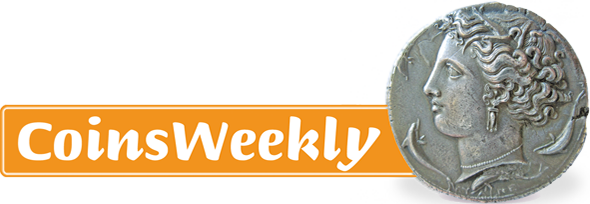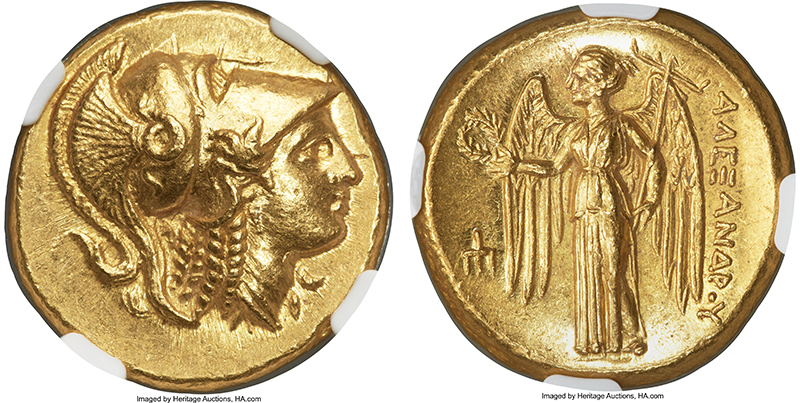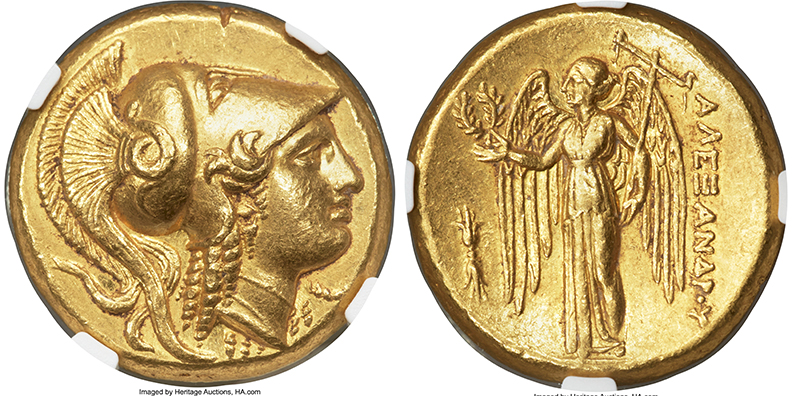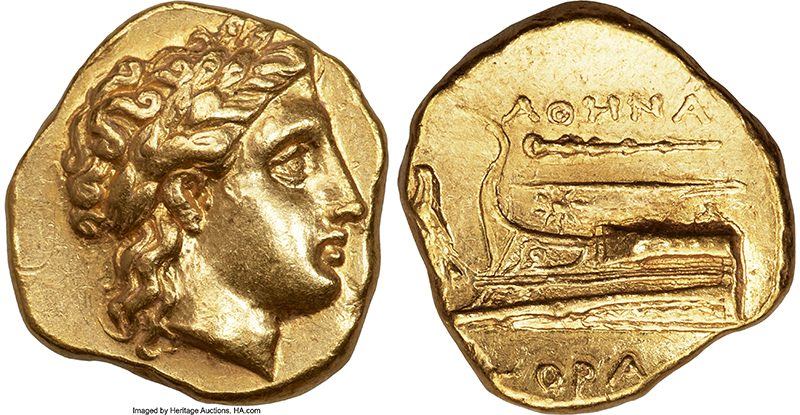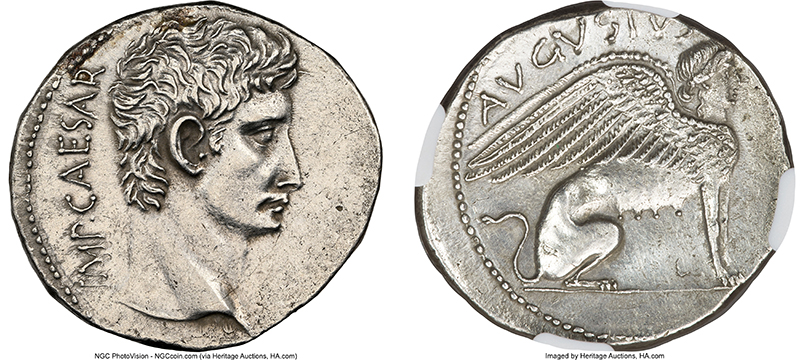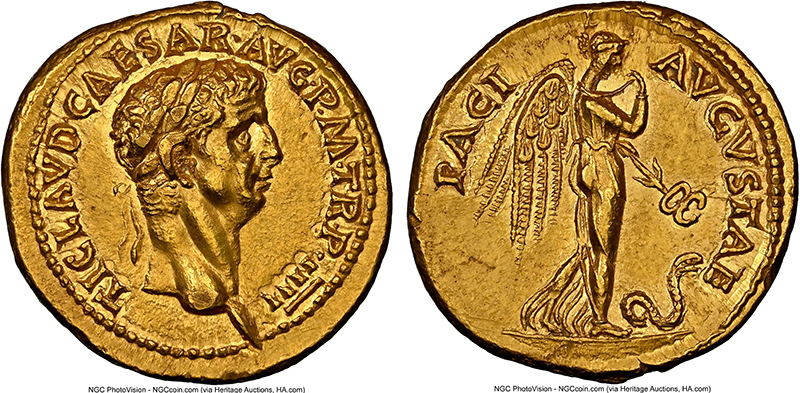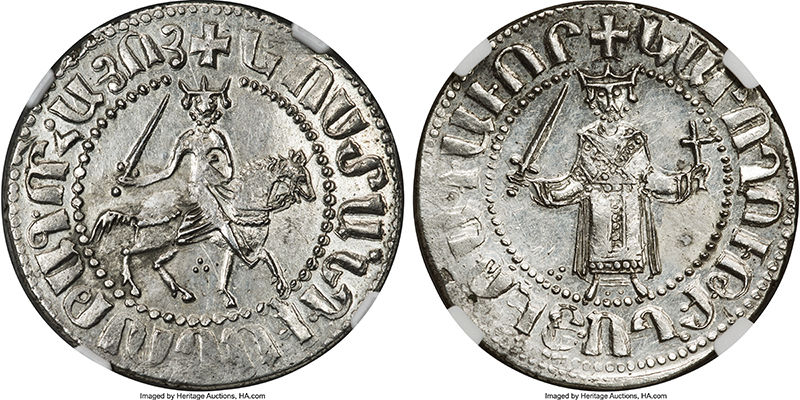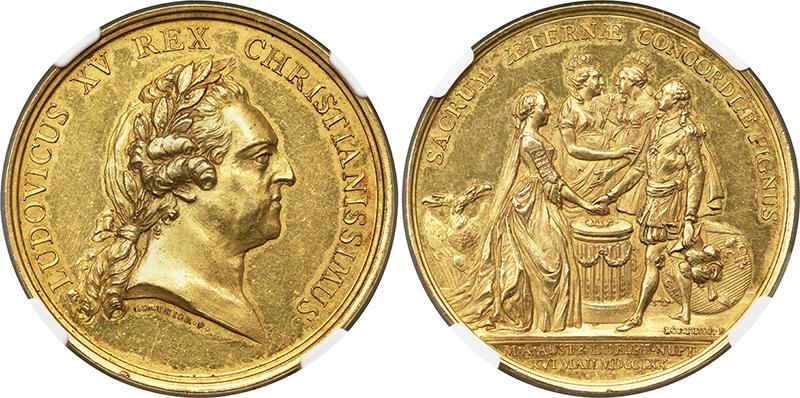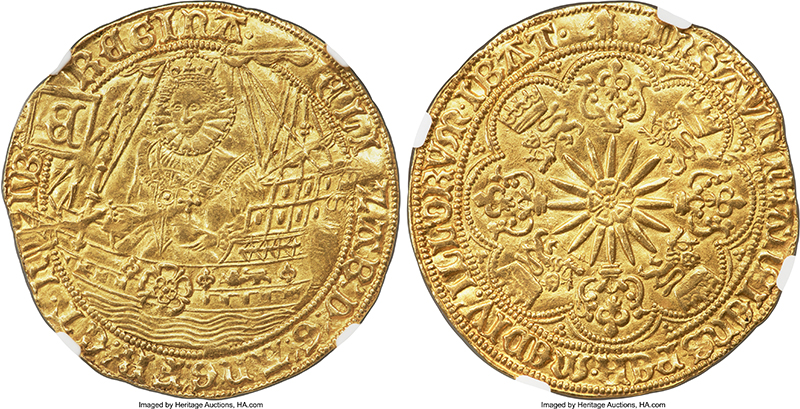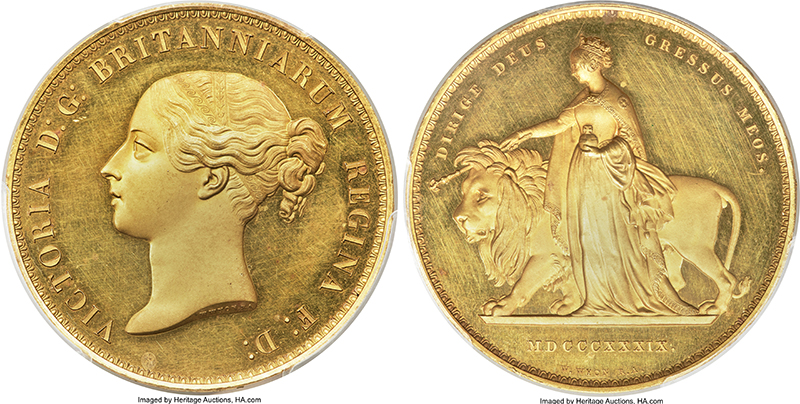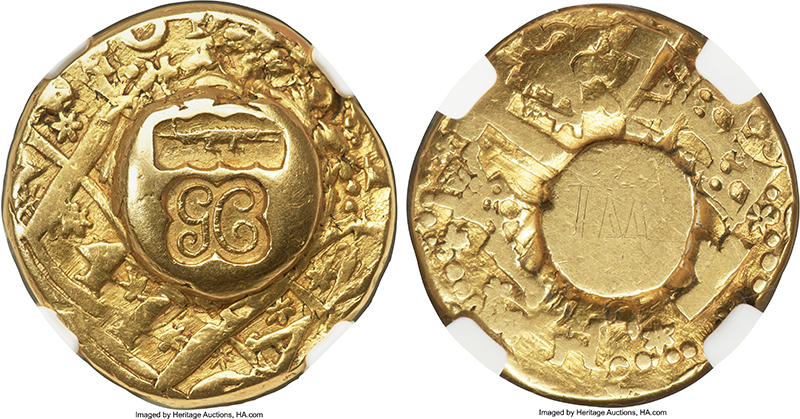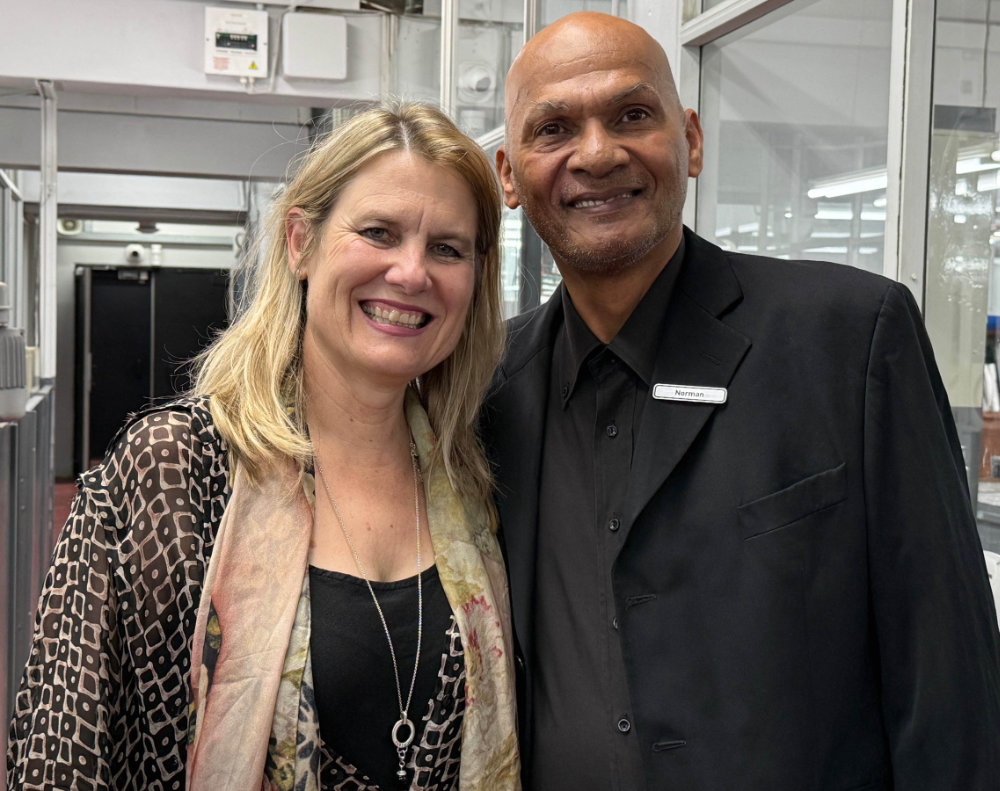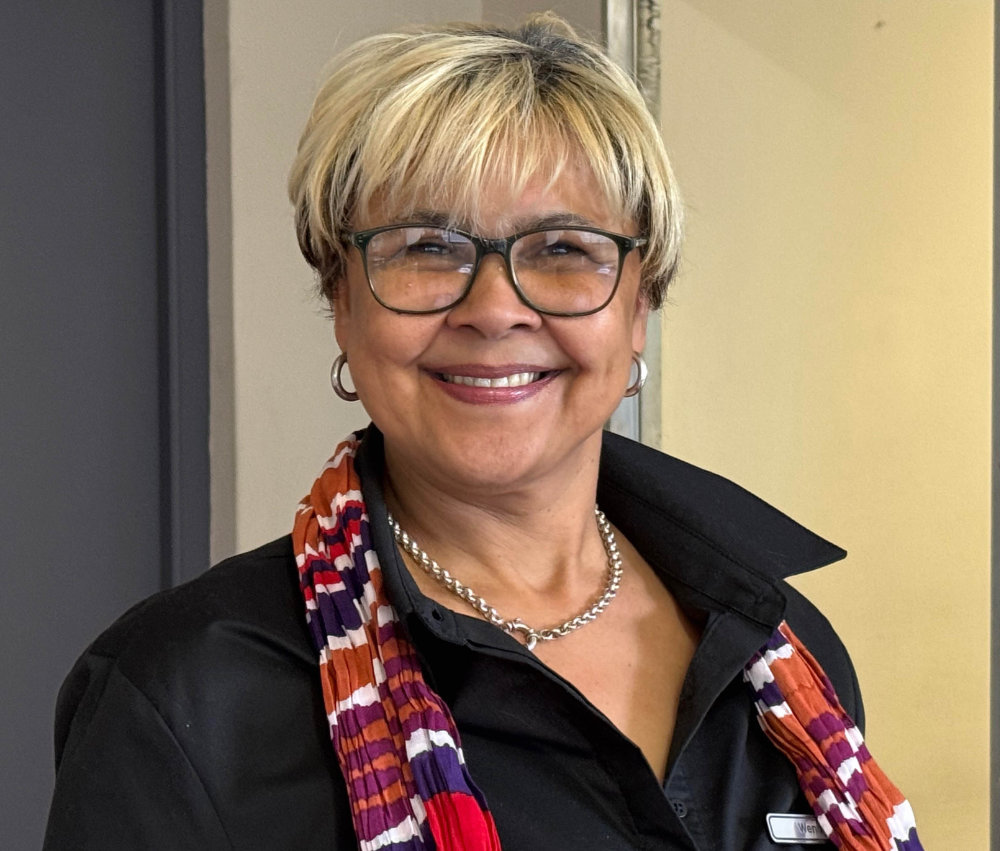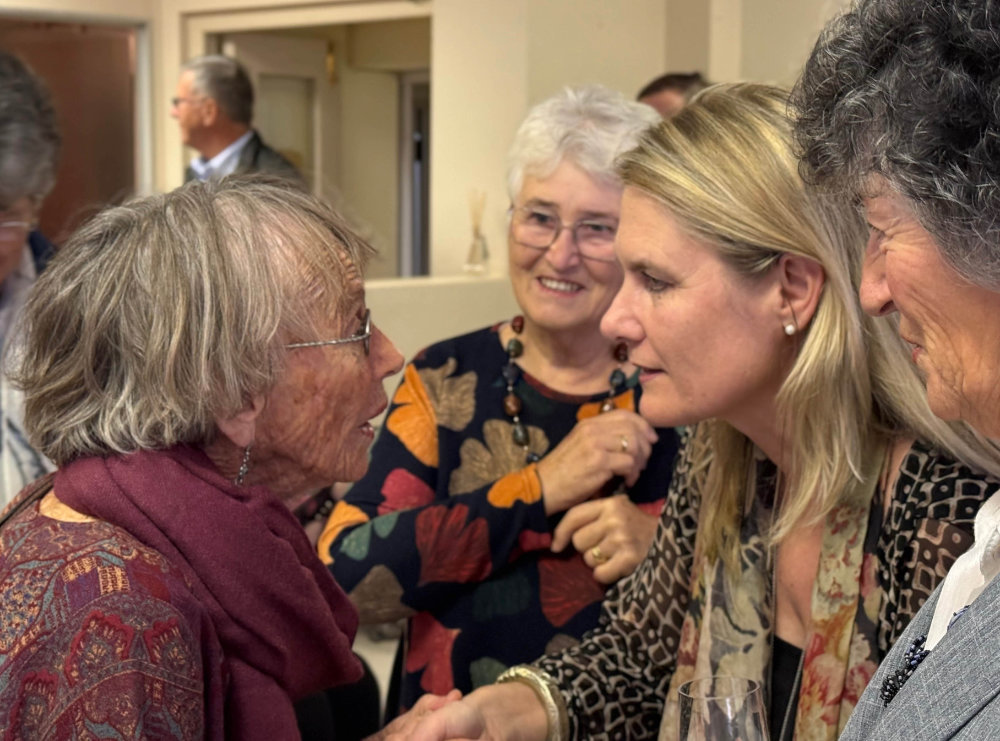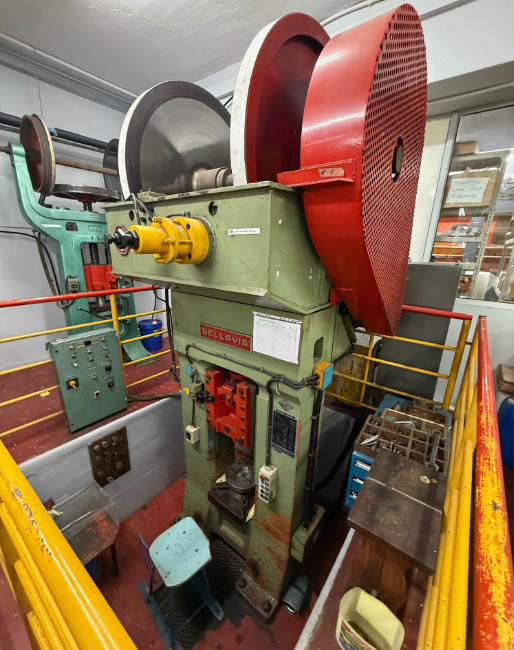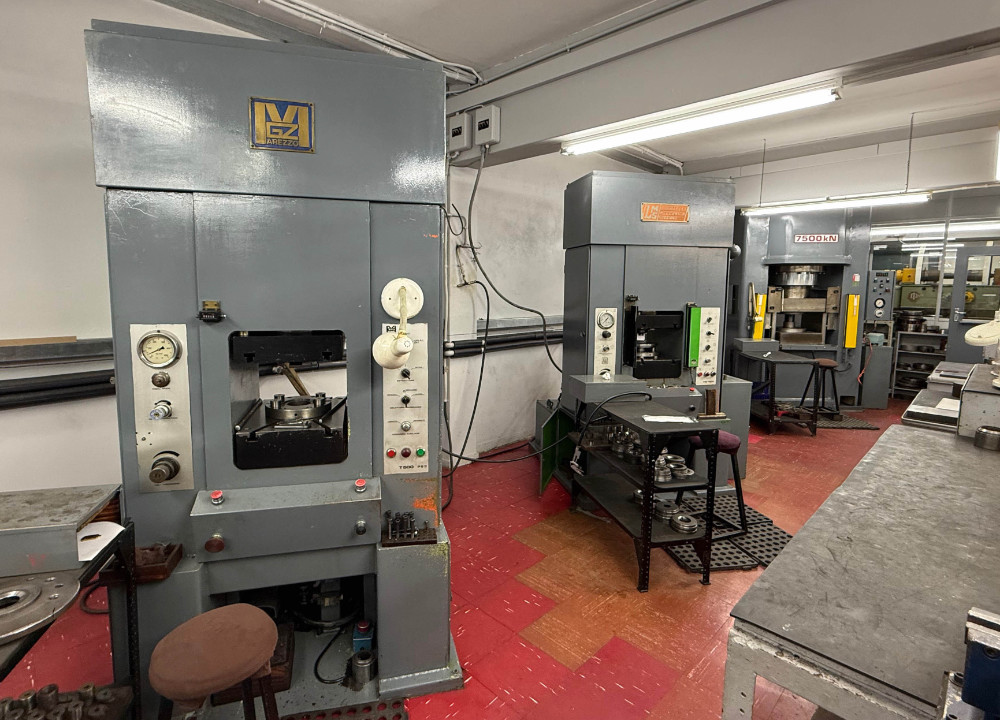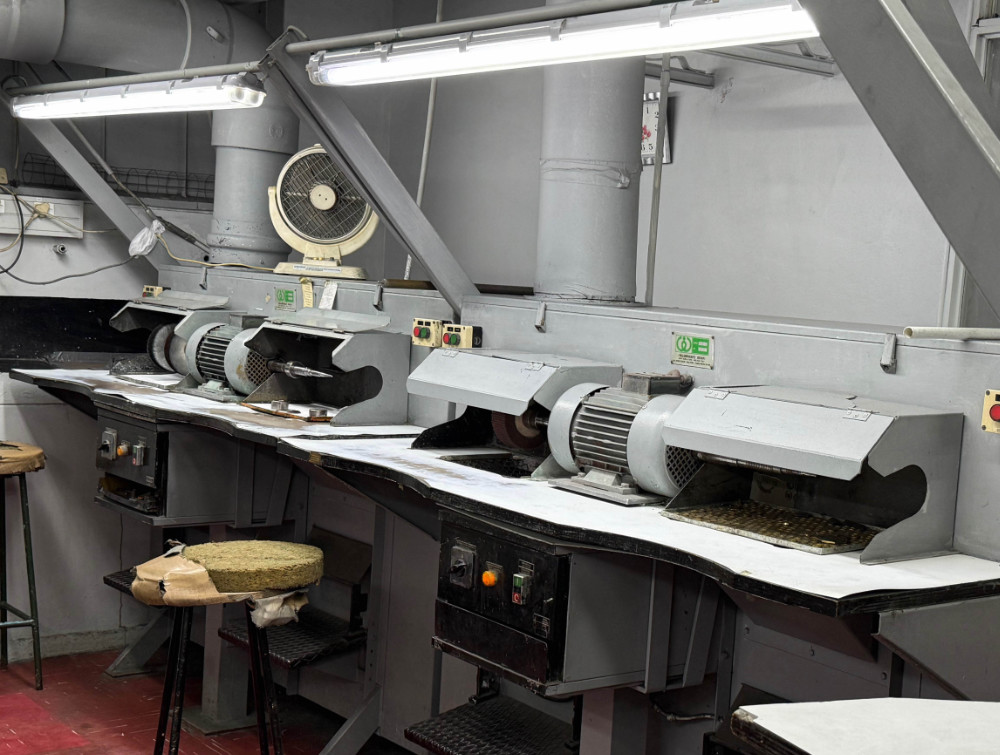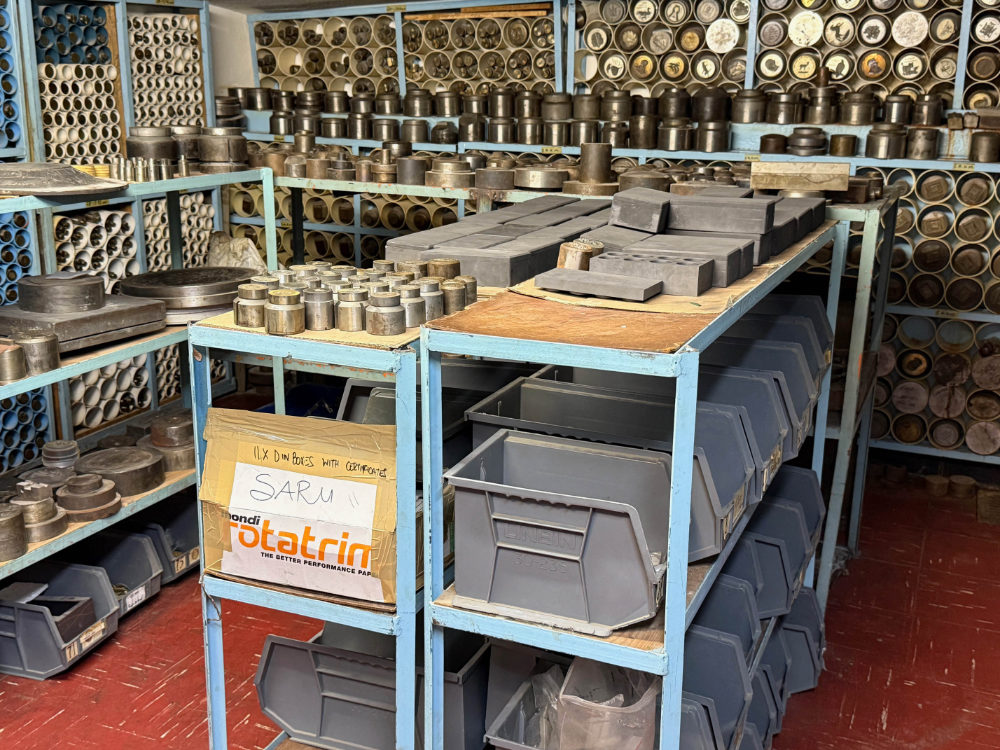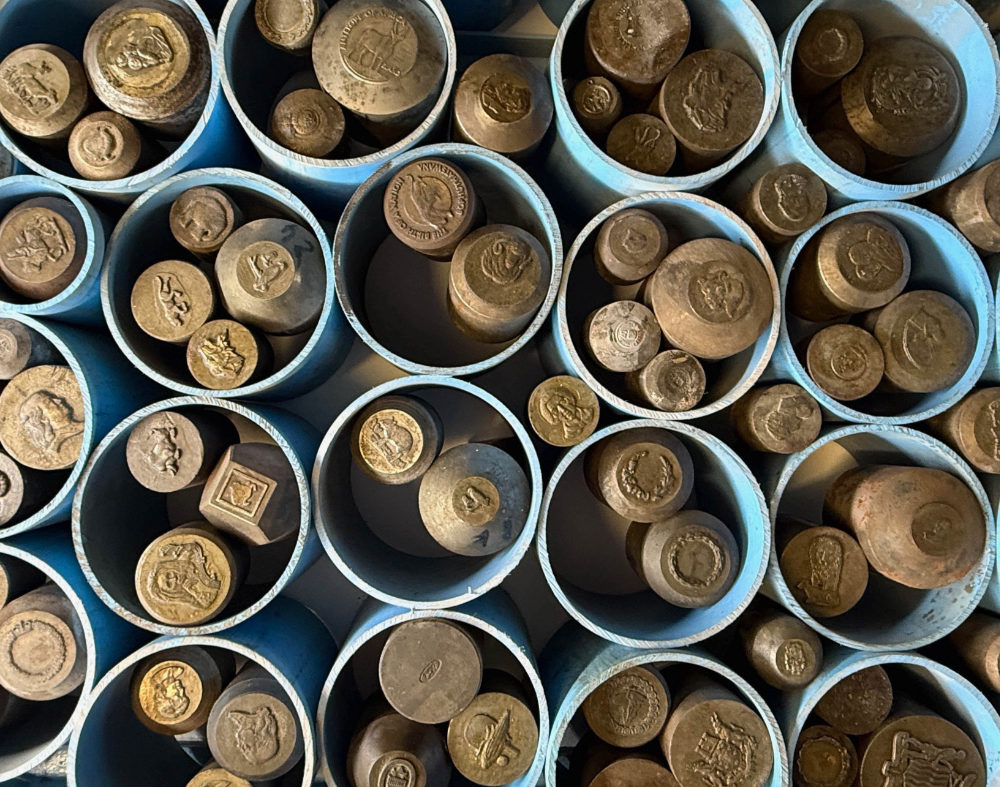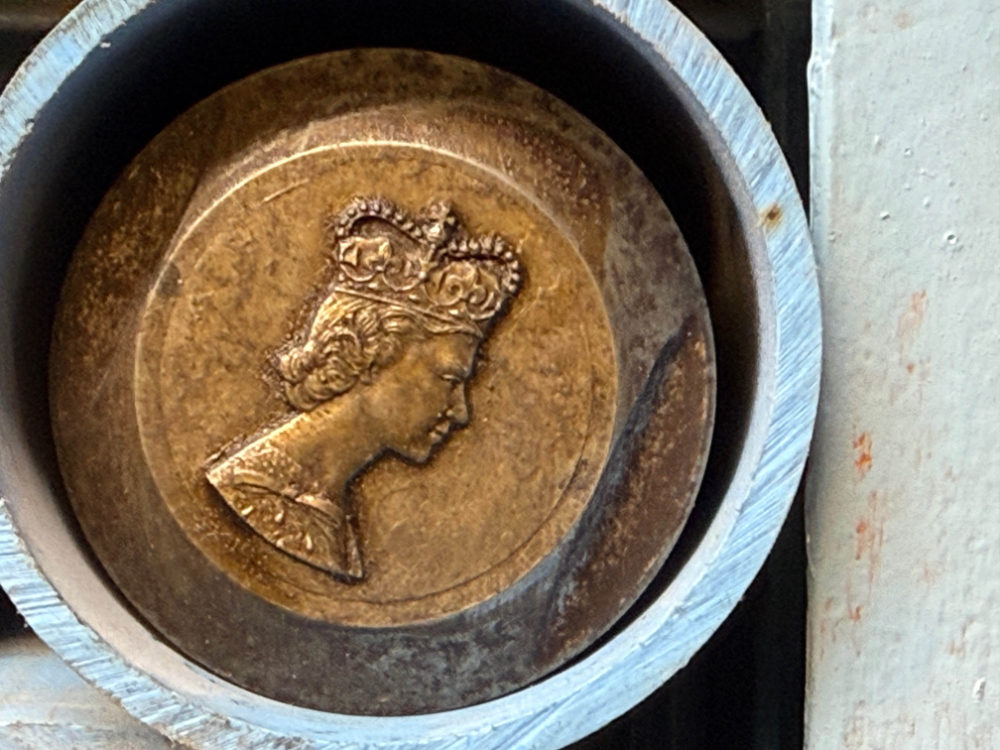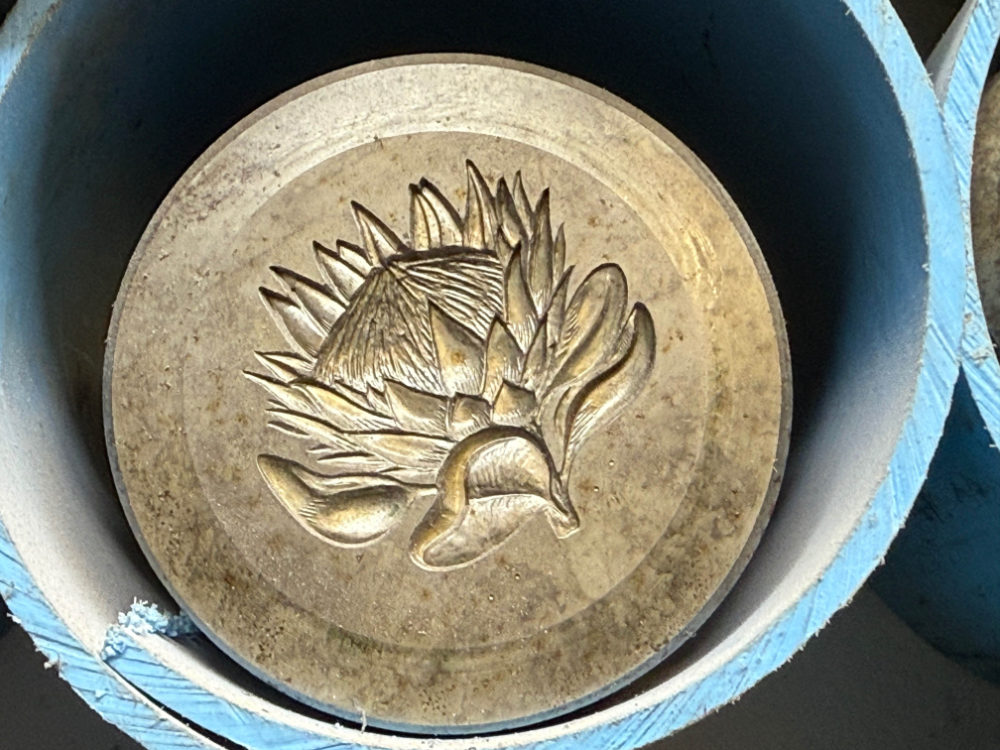The Cape Mint: The Oldest Private Mint in South Africa
by Ursula Kampmann
Did you think the South African Mint was the only mint in South Africa? That’s not true. In the heart of Cape Town, a small private mint fulfills all customer needs. I was privileged to visit the Cape Mint and met people there who take great pride in their work.
It all began with the Italian Mauro Pagliari (1913-2001). He came from a small village in Abruzzo and learned engraving from a master. Pietro Giampaoli was chief engraver at the Italian mint from 1936 and became a teacher to an entire generation of engravers. Rome had, and still has, the unique Scuola dell’Arte della Medaglia. There, Mauro Pagliari also learned how to optimally utilize the small, round surface of a coin or medal for his designs.
Content
In 1939, Mauro was just the right age to be drafted into World War II. But right at the beginning of the fighting, he used to tell, he was taken prisoner. There he sat, a very young man, with far too much time on his hands – and too little to eat. He made a virtue of necessity and earned extra money (resp. food) by engraving whatever anyone wanted engraved: cigarette boxes, jewelry boxes, and once even a surgical instrument and a tray for Lord Mountbatten’s wife.
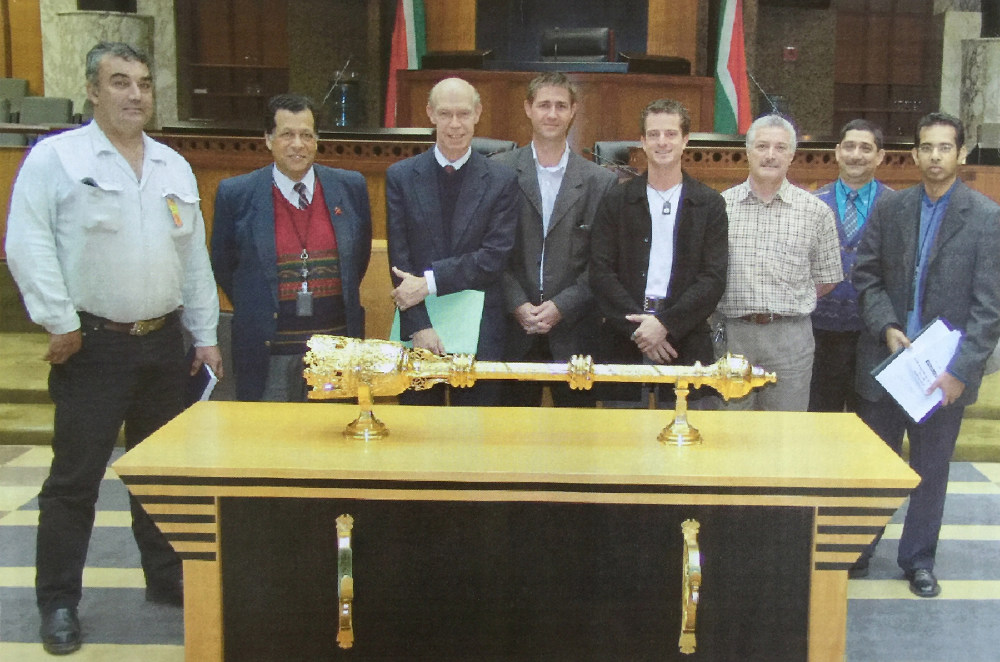
Designer Grant Schreiber examines the old 1961 mace with parliamentarians to create the design for the new 2004 staff. Both maces were created by the Pagliari Group. Photo: George Caulfield, cc-by-sa 4.0.
At some point, the war was over, and Mauro Pagliari was released. However, he was unable to settle back into his native Italy. Having learned English while a prisoner of war, he emigrated to Cape Town in 1952. There, he initially earned his living as a die engraver before starting his own business in 1957. He specialized in larger silver objects such as chalices and trophies. The skilled workaholic quickly made a name for himself. He was particularly proud that the Pagliari Group had been responsible for the production of South African maces since 1961. Mauro Pagliari was survived by this tradition. His nephew Toni also turned out to be a gifted engraver and medalist. And in 2004, the Cape Mint created the Black Rod, the official mace of the National Council of Provinces.
Mauro Pagliari relied early on on Black colleagues, who received excellent training at the Cape Mint and rewarded this with their deep loyalty. I was fortunate enough to meet one of them. Norman raved about the fact that he has been working for the Cape Mint for 45 years, and that his grandson had just started working there.
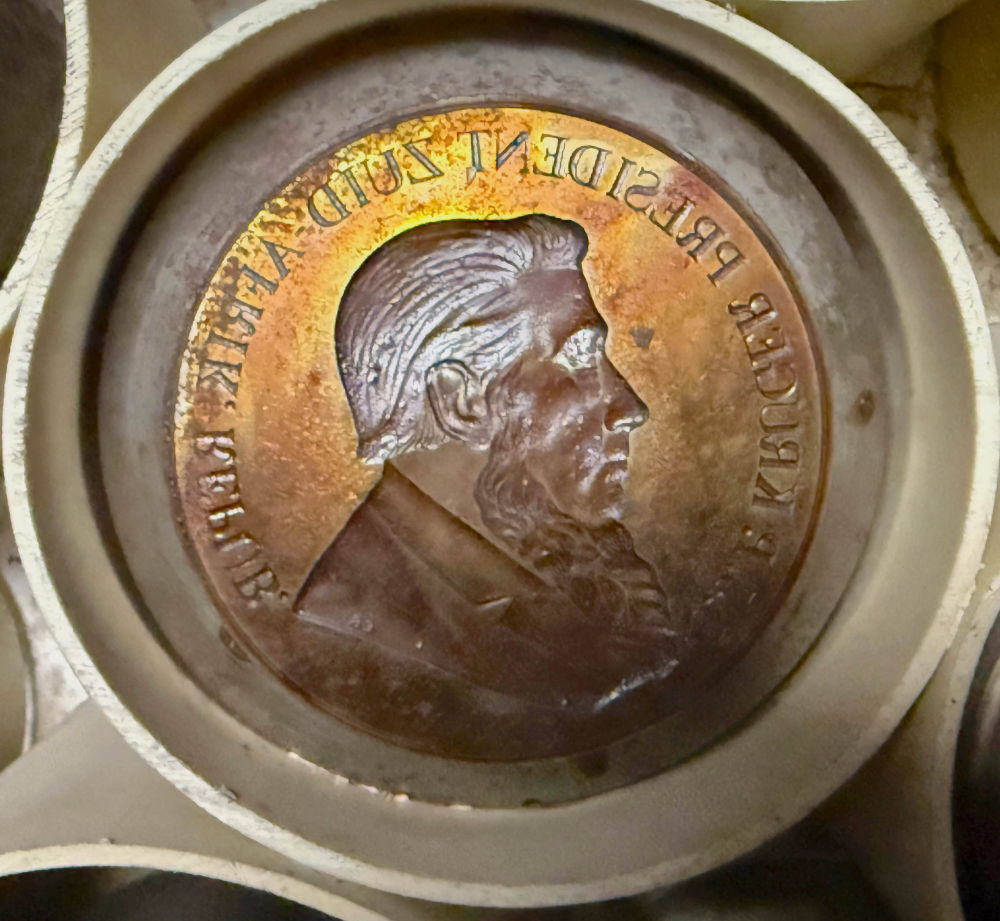
The 1-kilo version of the Krugerrand was minted at the Cape Mint in 1980: This made the Cape Mint the first mint in the world to mint a bullion coin weighing one kilogram. Photo: UK.
The Cape Mint
But we’ve gotten ahead of ourselves a bit, because only now do we come to the Cape Mint. Mauro Pagliari founded it in 1978, at the height of the first coin boom. He named it the Cape Mint because it was located in the heart of Cape Town. It quickly gained international reputation. Coins and Medals with Cape Mint designs were distributed by coin dealers worldwide.
A special highlight in the history of the Cape Mint was the year 1980. Then, the Chamber of Mines decided to produce other than the traditional 1-ounce Krugerrand. They wanted to test potential markets for new products. The 1/2, 1/4, and 1/10 ounce coins were minted at the South African Mint. The Cape Mint was commissioned to produce the 1-kilo version, which was technically extremely demanding at the time. In doing so, the Cape Mint made monetary history. This coin type was the very first one-kilo bullion coin in the world. Today, the kilo version has established itself as an expensive standard for many bullion coins.
A company that relies on people
I’m invited to visit this oldest private mint in southern Africa. Everything is polished to a high shine when I arrive. Natanya van Niekerk has invited me to participate in a very special minting ceremony. A typical South African grape sort for red wine – Pinotage – is celebrating its 100th birthday. And the Pinotage Association of South Africa is minting a medal to mark the occasion.
Natanya van Niekerk is giving me a tour of the mint. We’ve known each other for several decades, dating back to before Natanya became Acting General Manager of the South African Mint Company. She took office three weeks after President Nelson Mandela was sworn in. Until then, she worked primarily as a brilliant designer, receiving the Coty Lifetime Award for it in 2021. This was just one of many honors she received for her designs. In 2013, Natanya moved into the private sector. In 2021, she decided to accept the responsibility as Director of the Cape Mint. She knew the company from her time working for the Rand Refinery, which owned the Cape Mint between 2014 and 2018. The challenges here were very different from before. Natanya explains: “We don’t necessarily need the most modern machines to create innovative and beautiful designs. The Cape Mint team is a constant inspiration to me. Many of my colleagues have decades of experience and often manage to achieve effects with simple means that others can only achieve with complex technology.”
You don’t always need the most modern technology
I immediately notice the positive atmosphere in the team as I walk through the company premises. During our tour, Natanya stops by many colleagues, introduces me, and describes the knowledge and skills they bring to the table. No matter who I speak to, there is a sense of pride in what they have achieved together. There’s Norman, who performs true miracles in electroplating. Wendy looks after the guests, but she is also said to be a gifted technician. She owes this to her work as head of the minting department. Back then, she got even the most stubborn machines running again. Today, she heads up the department Procurement & Quality.
During the conversation, it becomes clear that the capital of this company lies not in its machinery, but in its people. Anyone who is able to work with a powerful friction press will achieve the same high relief you normally need a state-of-the-art oil-hydraulic press for. “We are a mint that delivers quickly, affordably, and reliably,” explains Natanya. “And because we don’t mint huge quantities, we can easily handle the work with our machinery.” Indeed, despite its limited size, the Cape Mint is able to carry out all the necessary steps of the minting process in-house.
Creativity as the basis of success
I am particularly impressed by the Stamp Room, where all the stamps produced in the Cape Mint’s almost 50 years of existence are kept. Examining them is not just a glimpse into the company’s past. Here, South African history unfolds in fast-forward.
Not just medals, the Cape Mint has other customers
I learn a lot about the country that day, especially about the enthusiasm with which wine is grown here. Wine is an essential part of the identity of the Cape region, as some winemakers proudly assure me. Afterwards, I learn that I shared a few glasses of excellent wine with the who’s who of South African winemakers. Of course, they brought excellent wine to taste.
The cork-stoppered bottles are sealed with a metal capsule, the top of which is embossed. If you, too, appreciate top-quality South African wines and enjoy them occasionally, you too will have held a Cape Mint product in your hands. The stamps used to create these capsules are actually made at the Cape Mint. “Of course,” says Natanya van Niekerk, “we also handle such orders. We are a small mint with a long tradition of producing what our customers need. Affordably, quickly, reliably, and with great pride in our work.”






